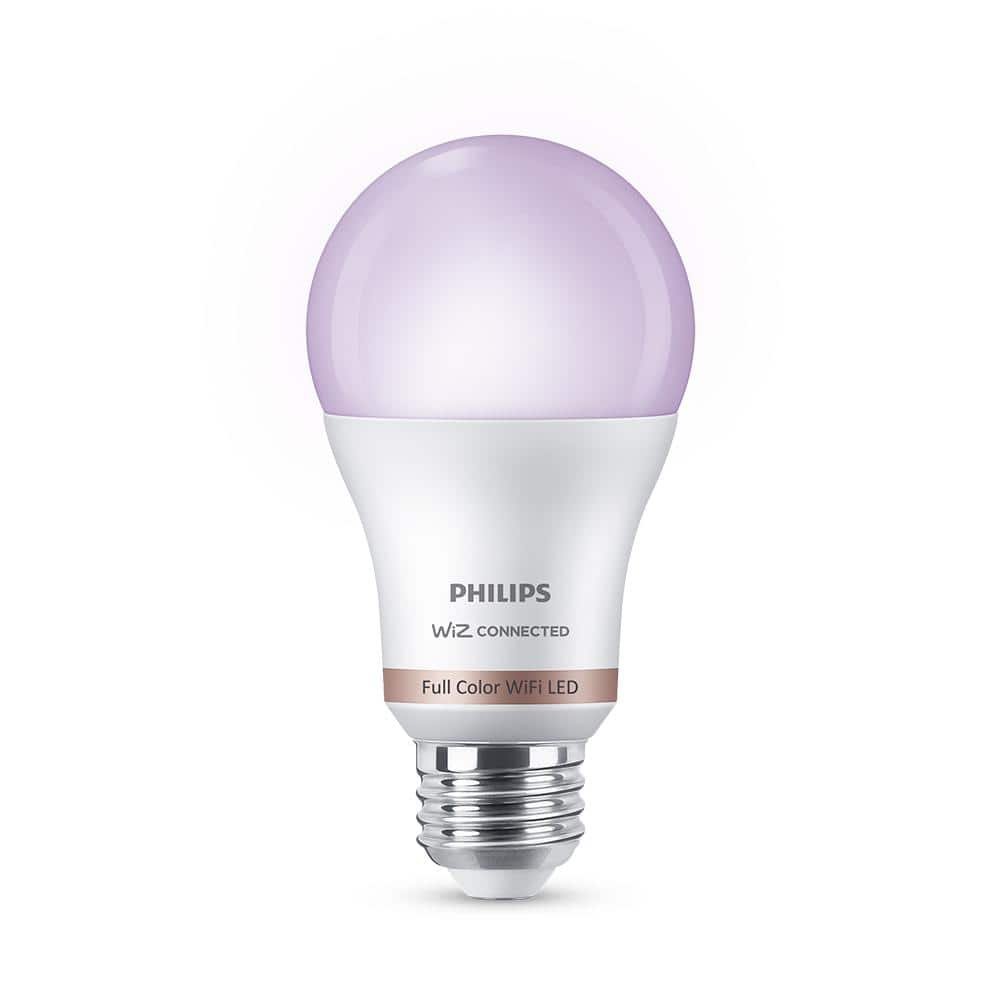From Low-Lift to Ready-to-Renovate, Here Are 6 Ways to Make Your Dark Room Lighter and Brighter
 Not all rooms are blessed with natural light—but that doesn’t mean you should bury your dreams for lightness and brightness. There are a handful of tricks you can employ to pull almost any space out of the dark. From low-lift tweaks to crank up the lumens to renovation ideas for rooms (i.e. windowless basements) that need a bit more effort, here are six ways to let the light in.
Not all rooms are blessed with natural light—but that doesn’t mean you should bury your dreams for lightness and brightness. There are a handful of tricks you can employ to pull almost any space out of the dark. From low-lift tweaks to crank up the lumens to renovation ideas for rooms (i.e. windowless basements) that need a bit more effort, here are six ways to let the light in.
But first: If your dark room has windows, the first thing you should do is clean those windows inside and out. You’d be surprised how effective this simple (often-overlooked) task can be. After that, assess the area outside the window and prune overgrown bushes or trees that may be blocking sunlight.

(Rob and Julia Campbell / Stocksy)
If you want to work with what you have: Switch out your bulbs.
Sometimes all you need are better light bulbs—or more lumens. You may be working with a soft, dim 400 lumens (40 watts), when really 800 (60 watts) or 1,000 (75 watts) would better suit your space. Before you make the swap, though, be mindful of color temperature. “Cool” lighting markers on bulbs can veer blue quickly, especially in an already dark room. Opt for “natural” or “warm” varieties to keep things comfortable and homey.
If you’re willing to do some renovations: Install a skylight or sun tunnel.
Installing a skylight is a great way to bring sunlight into a room where existing (or non-existent) windows aren’t sufficient. This will likely run you $300 to $2,000 for the skylight itself, plus an additional $1,000 to $2,500 for installation. Another option is a sun tunnel, which is less expensive, easier (and faster) to install, and useful in spaces where a skylight may not be a possibility.

(Getty Images)
If you want a tried-and-true solution: Use mirrors to amplify light.
If you put a light source on a mirror, it’s going to reflect it and bounce it around a space. But you need to be strategic. If you have a window, try a medium or large mirror on the wall across from it. No windows? No problem. You can also use table lamps or even floor lamps in front of a mirror to extend its power and fill your room with brightness.
- 30″ Round Framed Mirror – Hearth & Hand™ with Magnolia, $59.99 at Target
- Edge Black Arch Wall Mirror, $349 at Crate & Barrel
- Metal Vintage Style Vanity Wall Mirror, $149.99 at World Market
- Devon Oval Swivel Mirror, $118 at Magnolia
- Cassilando Irregular Wall Mirror, $79.99 at Amazon
If you want to play interior designer: Create a layered lighting plan.
Designers know how powerful a proper lighting plan in a room can be. The key is to make sure you have lighting at every level: overhead, at eye level when standing, and at eye level when seated. And of course, when picking lamps, opt for soft, translucent lampshades to let more light through.
If you wanted to redecorate anyway: Swap your textiles.
Most people assume that painting your walls white is a surefire way to make a dark room brighter. In fact, your textiles—including your curtains, rugs, and even furniture upholstery—are likely to have a greater impact. If you have a heavy velvet or even heavily-lined window panel, try a sheer option for your window coverings. And don’t underestimate the power of widening your curtain rod so that the fabric sits fully to the left and right of the window opening, rather than partially in front of it.
- European Linen Sheer Curtain Set, $79.90 at Quince
- Reflected Emblem Easy Care Rug, starting at $249 at Crate & Barrel
- Off White Veronica Wool Braided Area Rug, $506.20 at RugsUSA
- Monroe 3-piece Sectional Sofa, $4,030.40 at Apt2B
- Cotton Canvas Bomu Curtains in Stone Gray, starting at $59.50 at West Elm
If you’re feeling bold and daring: Lean into the darkness with paint and furnishings.
Oftentimes a darker palette in a well-designed room can make a space feel purposefully dark. Go all-in on drama with a deep, jewel-tone-inspired palette. Paint the ceiling, the baseboards, crown molding, and even the doors and opt for a higher sheen, which can make these design choices glow.
- Farrow & Ball Inchyra Blue
- Sherwin-Williams Mountain Road SW7743
- Benjamin Moore Cottage Red
- Benjamin Moore Hale Navy
For this and related articles, please visit Realtor.com





Leave a Reply
Want to join the discussion?Feel free to contribute!